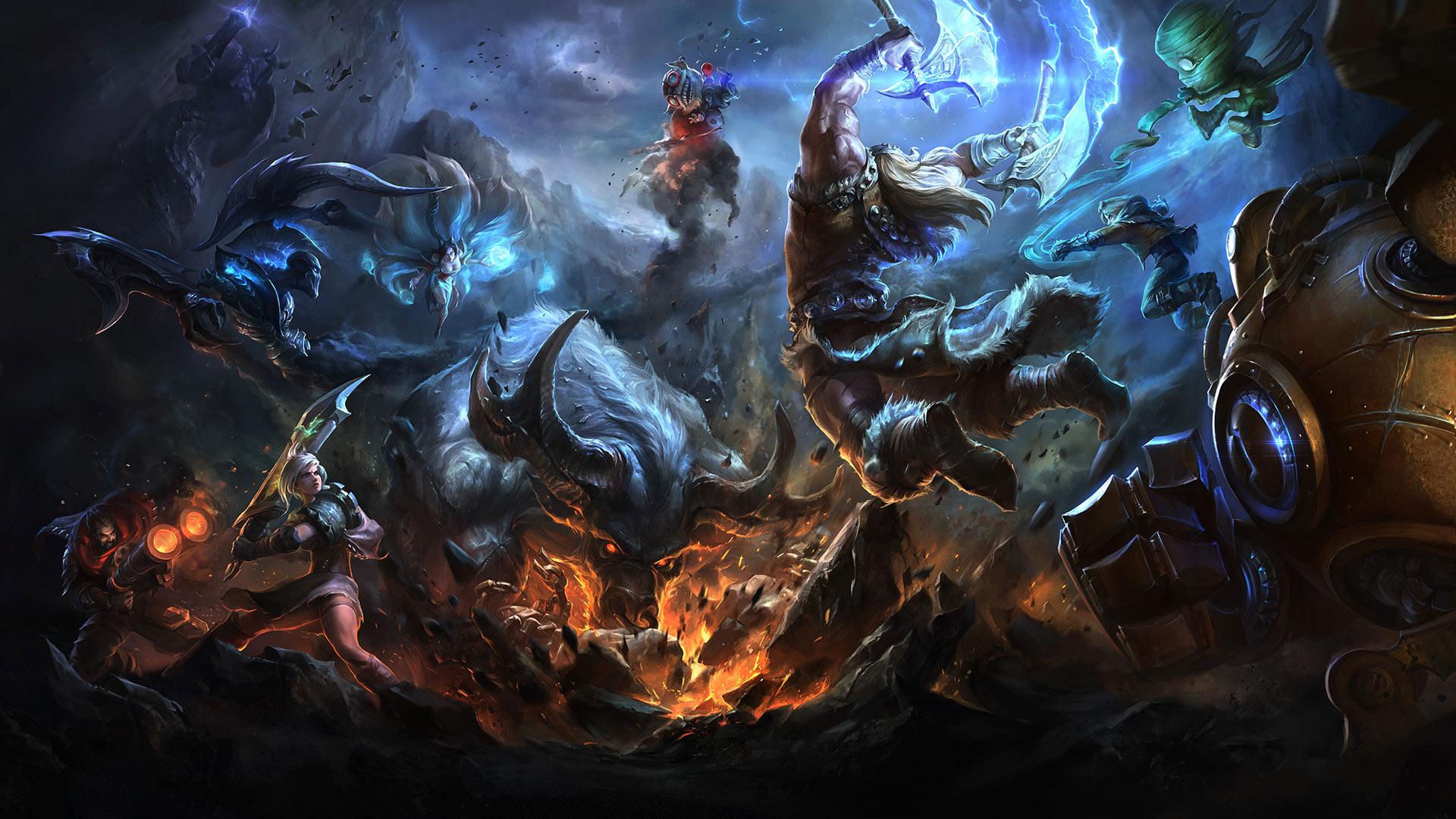In the world of competitive online gaming, teamwork and effective communication are essential for success. This tutorial aims to highlight the importance of teamwork and communication in the context of the popular online game League of Legends. By providing strategies and advice, this article will guide you on how to coordinate with your teammates to secure objectives and emerge victorious in your games.
1. Introduction
League of Legends is a highly competitive team-based game where players form teams and battle against each other to destroy the enemy nexus. While individual skill is important, it is teamwork and coordination that truly separate the winners from the losers. By understanding the dynamics of teamwork and effective communication, players can elevate their gameplay and achieve better results.
2. Understanding the Importance of Teamwork
2.1 Synergy and Combos
One of the key aspects of teamwork in League of Legends is creating synergy and combos with your teammates. Each champion possesses unique abilities that can be combined strategically to maximize their impact. By coordinating your abilities and timing them correctly, you can unleash devastating combos that catch your opponents off guard.
2.2 Division of Roles and Responsibilities
League of Legends features different roles such as top laner, jungler, mid laner, bot laner, and support. Each role has its own responsibilities and objectives. Effective teamwork requires players to understand their roles and perform their duties diligently. A well-balanced team with players who excel in their designated roles will have a significant advantage over their opponents.
3. Communication: The Key to Success
Effective communication is vital for successful coordination in League of Legends. Here are two important aspects of communication that can greatly enhance your team’s performance.
3.1 Pinging and Map Awareness
Pinging is a quick and efficient way to communicate with your teammates without typing in the chat. By using the ping system to signal objectives, warn about enemy movements, or request assistance, you can keep your team informed and on the same page. Additionally, maintaining good map awareness allows you to provide valuable information to your team, enabling better decision-making and coordinated plays.
3.2 Efficient Shotcalling
Shotcalling refers to making strategic decisions and guiding your team during the game. A shotcaller should have a clear understanding of the game’s objectives and be able to communicate their plans effectively to the team. By taking up the role of a shotcaller or following the shotcaller’s instructions, teams can coordinate their movements, engage in favorable fights, and secure crucial objectives.
4. Establishing Trust and Building Rapport
Teamwork and communication are built upon trust and rapport among teammates. Here are two important aspects to foster a positive team environment.
4.1 Active Listening
Active listening involves paying attention to your teammates’ calls and suggestions, respecting their input, and responding appropriately. By actively listening, you create an atmosphere of collaboration and respect, which strengthens the team’s overall coordination.
4.2 Constructive Feedback
Constructive feedback plays a crucial role in improving individual and team performance. When providing feedback, focus on specific actions and suggest improvements rather than criticizing. Constructive feedback fosters growth, allowing players to learn from their mistakes and make necessary adjustments.
5. Strategies for Coordinated Plays
To achieve victory, teams must implement effective strategies for coordinated plays. Here are three essential areas to focus on:
5.1 Objective Control
Securing objectives such as dragon, Baron Nashor, and towers is crucial for gaining an advantage in the game. Teammates should coordinate their movements and timings to contest and secure these objectives, denying the enemy team the same opportunities.
5.2 Rotations and Map Movements
Strategic rotations and map movements can catch opponents off guard and create advantageous situations for your team. By coordinating with your teammates, you can make informed decisions regarding when to push lanes, when to rotate for ganks, and when to group for team fights.
5.3 Teamfight Coordination
Teamfights can often decide the outcome of a game. Effective teamfight coordination involves focusing high-priority targets, peeling for carries, and using crowd control abilities in sync. Through clear communication and synchronized actions, teams can secure teamfight victories and gain the upper hand.
6. Overcoming Challenges
Teamwork and coordination can face challenges during intense gameplay. Here are two common challenges and how to address them:
6.1 Dealing with Tilt
Tilt refers to a state of frustration or anger that negatively impacts a player’s performance. To overcome tilt, it is important to maintain a positive mindset, take breaks when necessary, and focus on self-improvement rather than blaming teammates. A positive and resilient team can overcome challenges more effectively.
6.2 Resolving Conflicts
Conflicts may arise within a team due to differences in opinions or strategies. It is crucial to address conflicts calmly and respectfully. Encourage open communication, allow each team member to express their viewpoints, and work towards finding a compromise that benefits the team as a whole.
7. Conclusion
In the competitive landscape of League of Legends, mastering the art of coordination through teamwork and effective communication is vital. By understanding the importance of synergy, division of roles, and communication techniques like pinging and shotcalling, players can enhance their performance and achieve success. Building trust, providing constructive feedback, and implementing strategic plays further contribute to better teamwork. Overcoming challenges like tilt and conflicts strengthens team dynamics. Remember, success in League of Legends relies not only on individual skill but also on your ability to work together towards a common goal.

